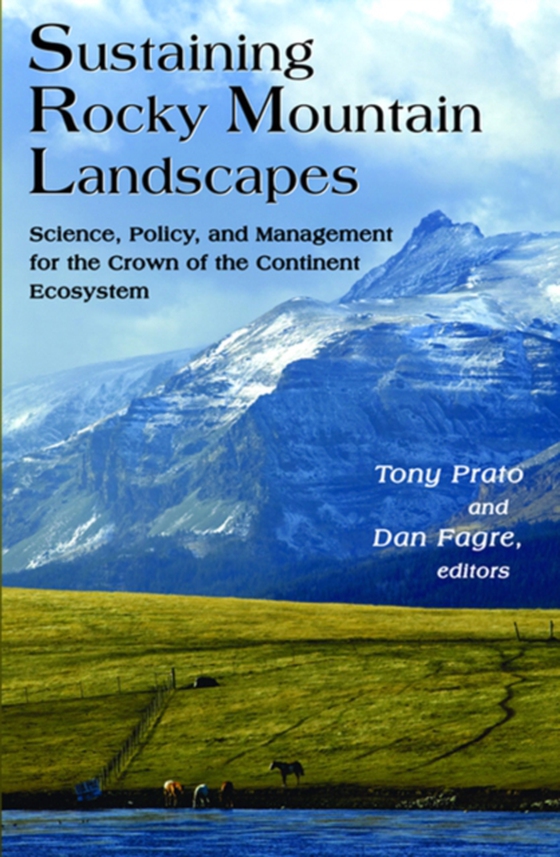
Sustaining Rocky Mountain Landscapes e-bog
360,12 DKK
(ekskl. moms 288,10 DKK)
Prato and Fagre offer the first systematic, multi-disciplinary assessment of the challenges involved in managing the Crown of the Continent Ecosystem (CCE), an area of the Rocky Mountains that includes northwestern Montana, southwestern Alberta, and southeastern British Columbia. The spectacular landscapes, extensive recreational options, and broad employment opportunities of the CCE have made ...
E-bog
360,12 DKK
Forlag
Routledge
Udgivet
30 september 2010
Længde
352 sider
Genrer
1KBBWM
Sprog
English
Format
epub
Beskyttelse
LCP
ISBN
9781136523397
Prato and Fagre offer the first systematic, multi-disciplinary assessment of the challenges involved in managing the Crown of the Continent Ecosystem (CCE), an area of the Rocky Mountains that includes northwestern Montana, southwestern Alberta, and southeastern British Columbia. The spectacular landscapes, extensive recreational options, and broad employment opportunities of the CCE have made it one of the fastest growing regions in the United States and Canada, and have lead to a shift in its economic base from extractive resources to service-oriented recreation and tourism industries. In the process, however, the amenities and attributes that draw people to this 'New West' are under threat. Pastoral scenes are disappearing as agricultural lands and other open spaces are converted to residential uses, biodiversity is endangered by the fragmentation of fish and wildlife habitats, and many areas are experiencing a decline in air and water quality. Sustaining Rocky Mountain Landscapes provides a scientific basis for communities to develop policies for managing the growth and economic transformation of the CCE without sacrificing the quality of life and environment for which the land is renowned. The book begins with a natural and economic history of the CCE. It follows with an assessment of current physical and biological conditions in the CCE. The contributors then explore how social, economic, demographic, and environmental forces are transforming ecosystem structure and function. They consider ecosystem change in response to changing patterns of land use, pollution, and drought; the increasing risk of wildfire to wildlife and to human life and property; and the implications of global climate change on the CCE. A final, policy-focused section of the book looks at transboundary issues in ecosystem management and evaluates the potential of community-based and adaptive approaches in ecosystem management.
 Dansk
Dansk

